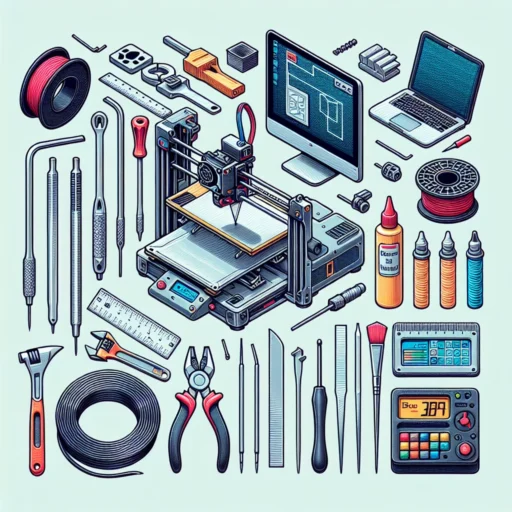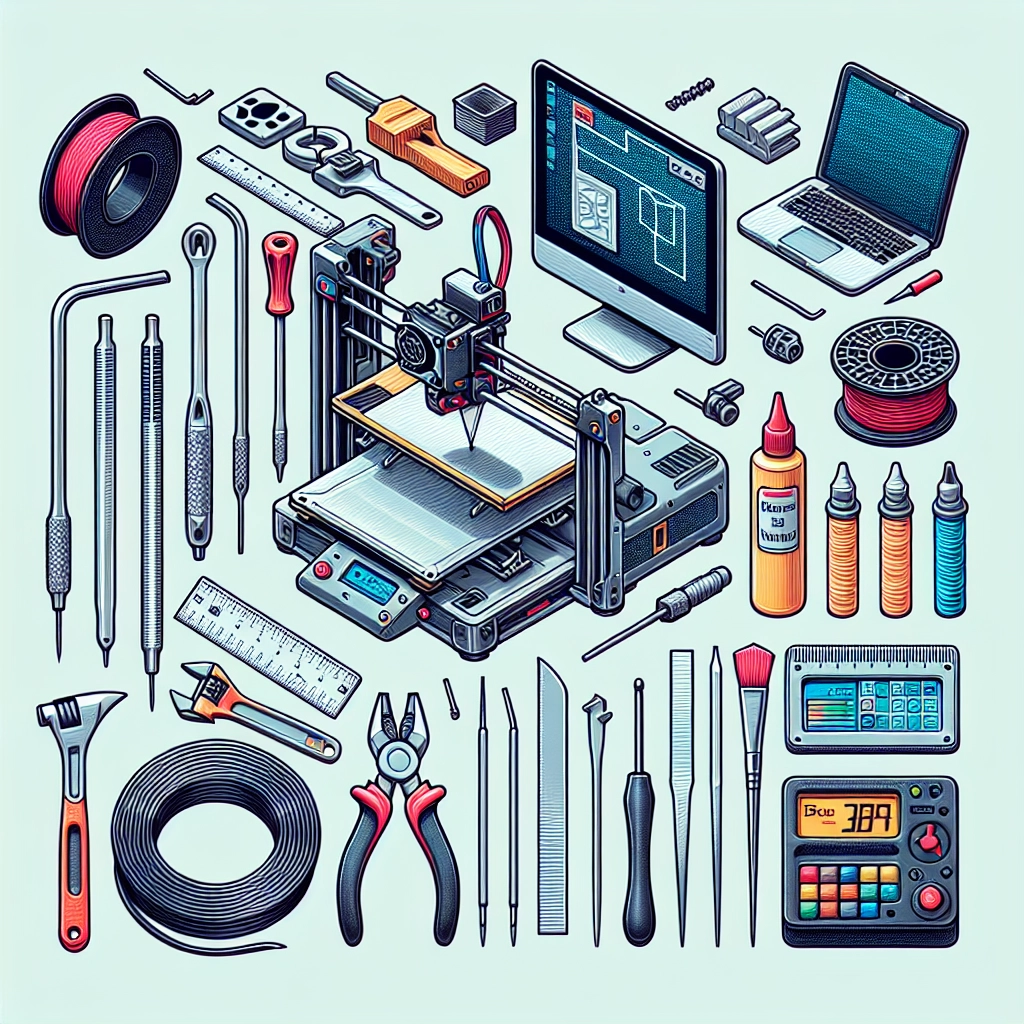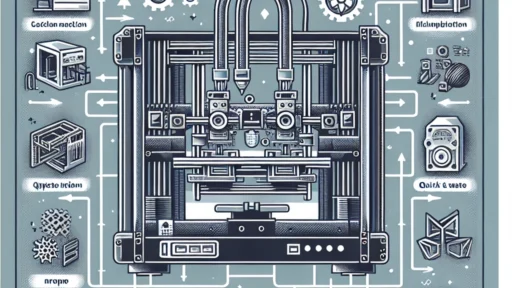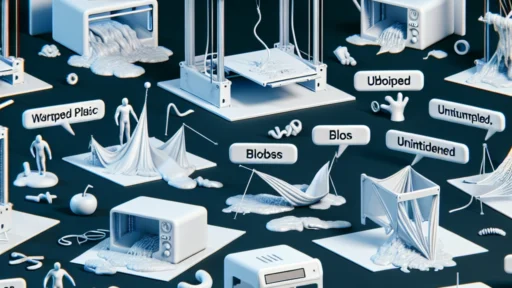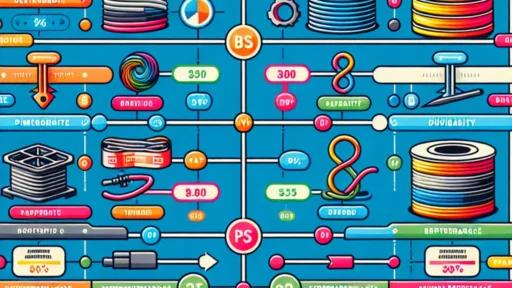Essential Tools for Every 3D Printing Enthusiast
Welcome to the fascinating world of 3D printing! Whether you’re a seasoned pro or just dipping your toes into this creative domain, having the right tools at your disposal can make a significant difference in your 3D printing journey. From essential hardware to handy software, let’s dive into the must-have tools every 3D printing enthusiast should consider for optimizing their workflow and enhancing their projects.
1. 3D Printer
This one’s a bit obvious, but we have to start with the star of the show: the 3D printer itself. There are several types to choose from, including Fused Deposition Modeling (FDM), Stereolithography (SLA), and Selective Laser Sintering (SLS). FDM printers are great for beginners while offering flexibility for more advanced techniques. If you’re looking for fine detail, an SLA printer might be your best bet. Choose one that suits your needs and budget!
2. Filament and Print Materials
Your choice of filament will directly influence the outcome of your prints. PLA is fantastic for beginners due to its ease of use and reliable results. However, there’s a whole world of materials out there: ABS, PETG, TPU, and more! Each has unique properties that can give your projects different strengths, flexibilities, and finishes. Experimenting with various filaments can lead to exciting discoveries in what you can create.
3. Build Surface and Adhesives
Achieving the perfect first layer is crucial for a successful print. Invest in a good build surface like glass or a PEI sheet to help your prints stick firmly without warping. Sometimes, you may also need additional adhesive solutions, such as glue sticks or hairspray, to ensure that your prints adhere well to the build plate. Take the time to find the best solution for your specific printer and filament combination.
4. Calipers and Measuring Tools
Precision is key in 3D printing, and that’s where calipers come into play. Whether you’re designing parts to fit together or simply adjusting your printer settings, accurate measurements ensure that everything aligns perfectly. A digital caliper is a fantastic investment, making it easy to measure both small and large components down to the millimeter!
5. 3D Modeling Software
Great prints begin with great designs, and having a reliable 3D modeling software can open up endless possibilities. Popular options include Tinkercad for beginners, Fusion 360 for those who want more advanced modeling, and Blender for artists looking to create intricate designs. The right software can help you realize your visions, regardless of whether you want to design from scratch or modify existing models.
6. Slicing Software
Once your design is complete, it’s time to convert it into a format your printer can understand. Slicing software translates your model into G-code, which tells the printer how to build your design layer by layer. Popular slicers like Cura or PrusaSlicer are packed with features that allow you to tweak your print settings. This software can dramatically influence print quality and speed, so don’t skip on getting familiar with it.
7. Post-Processing Tools
After you’ve printed your masterpiece, you might notice that it could use some finishing touches. Sanding tools, X-Acto knives, and even paint can help you polish and bring out the best in your print. If you’re working with resin prints, you’ll want some isopropyl alcohol and UV light for curing. It’s like putting on the final coat of paint for an artist, transforming your piece from raw material to eye-catching art!
8. A Good Camera
This might seem unconventional, but a good camera or even a smartphone with a quality camera is invaluable. Showcasing your creations online, whether through social media or your own blog, is a great way to connect with fellow enthusiasts, get feedback, and gain inspiration. Plus, it’s a fun way to keep track of your progress and celebrate your accomplishments!
9. Safety Gear
While it may not be the first thing on your mind, safety should always be a priority when 3D printing. A pair of heat-resistant gloves, safety goggles, and a well-ventilated workspace will help mitigate risks associated with handling hot materials or working with certain filaments. Your health and safety matter, so equip yourself accordingly.
10. A Community
Lastly, seek out the incredible community that revolves around 3D printing. Forums, social media groups, and local maker spaces can provide invaluable support, resources, and friendship. Sharing tips, tricks, or even troubleshooting issues with others can enhance your learning experience and make this hobby even more enjoyable!
Equipping yourself with the right tools can make a tremendous difference in your 3D printing projects. With a little investment and a lot of creativity, the world of 3D printing opens up endless possibilities for innovation, artistry, and enjoyment. So, gather your tools, unleash your imagination, and watch as your creations come to life layer by layer! Happy printing!


